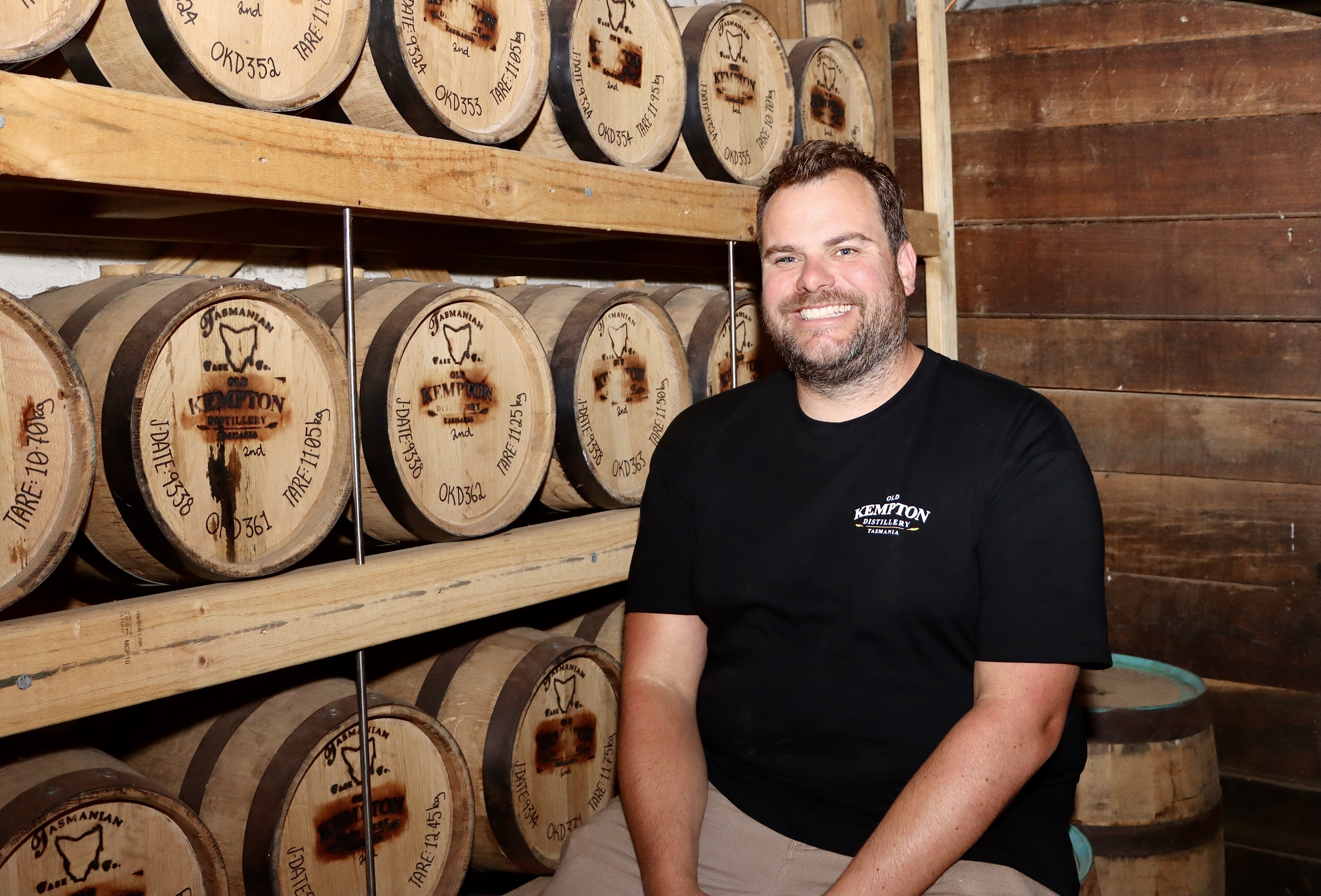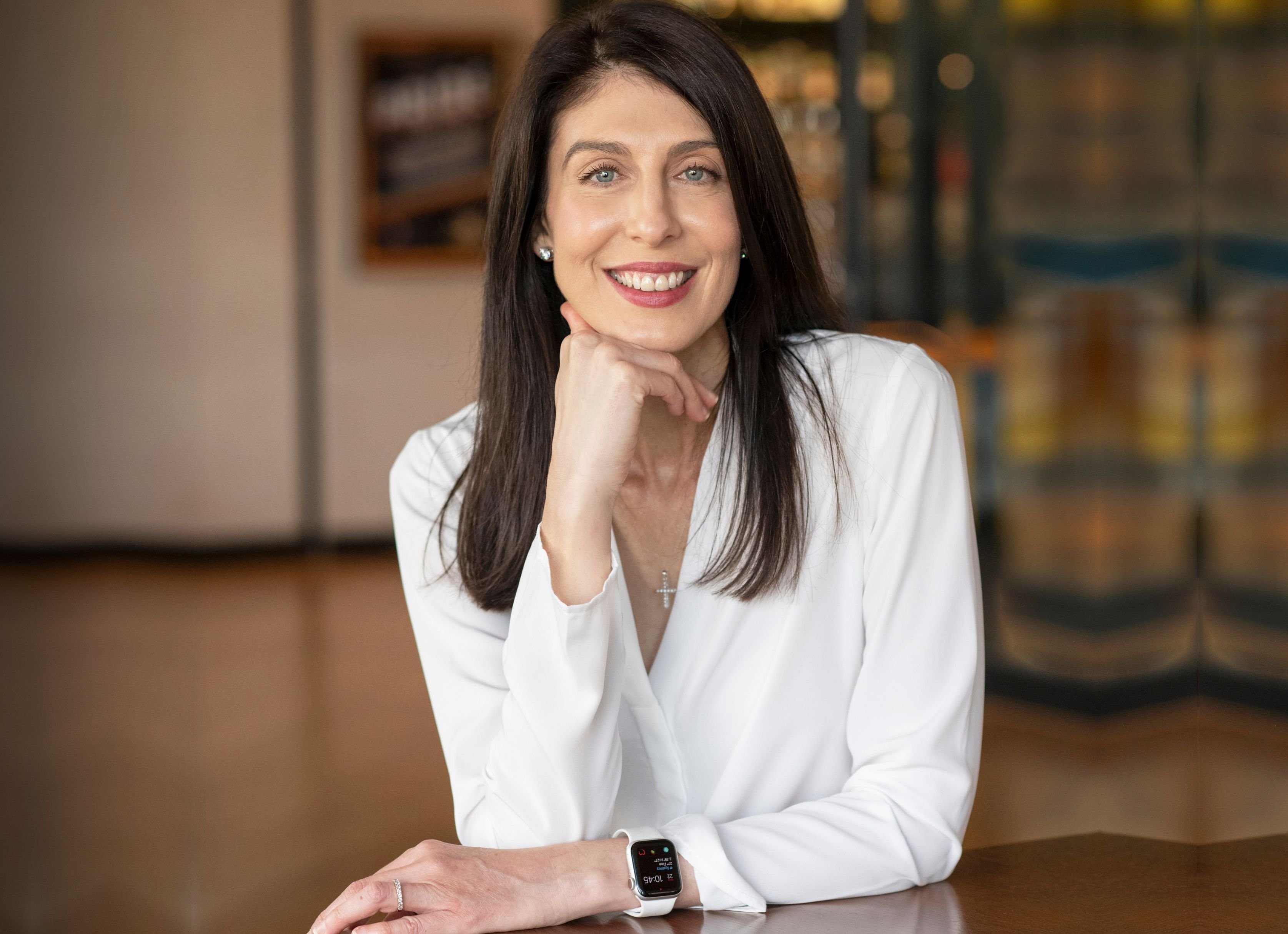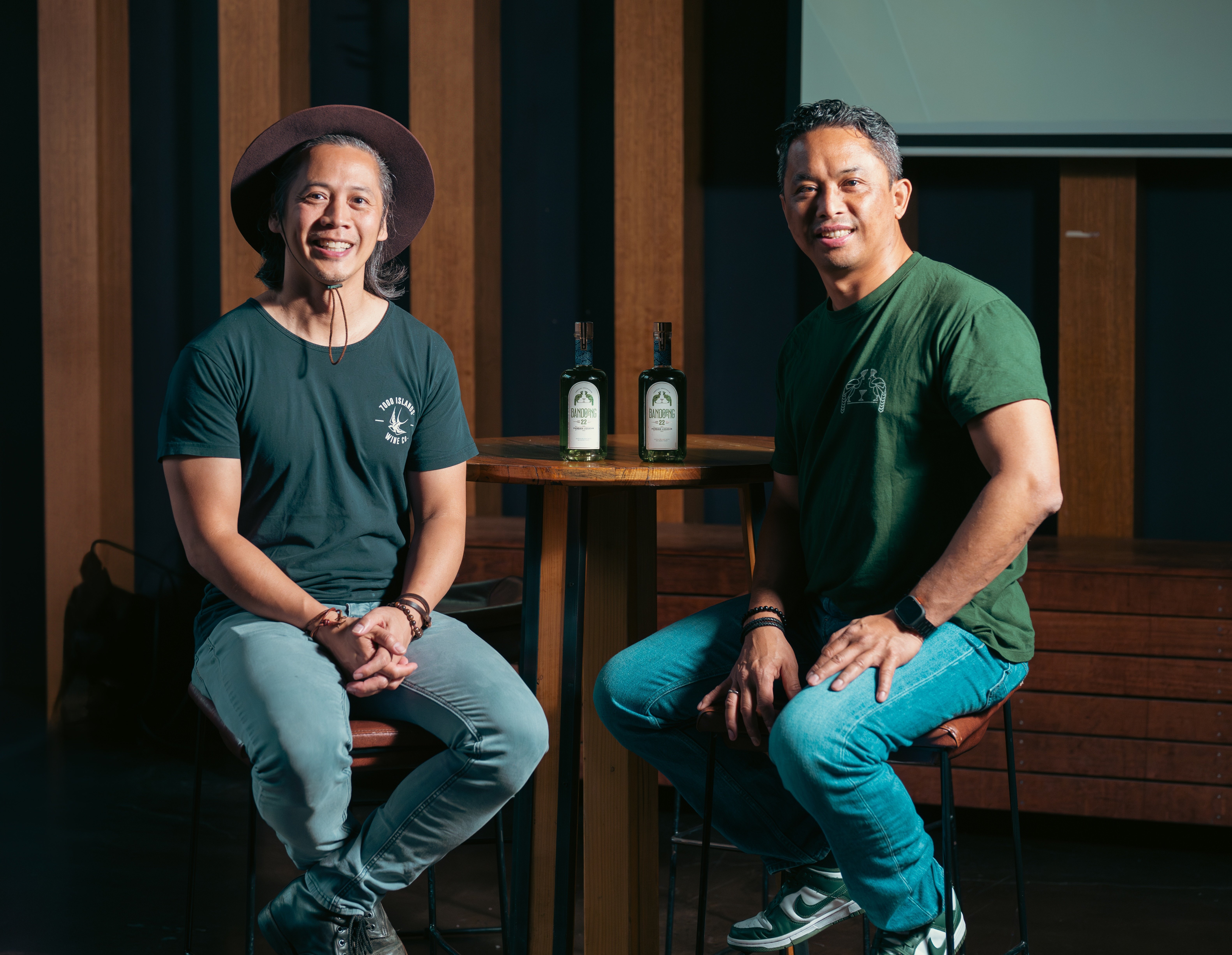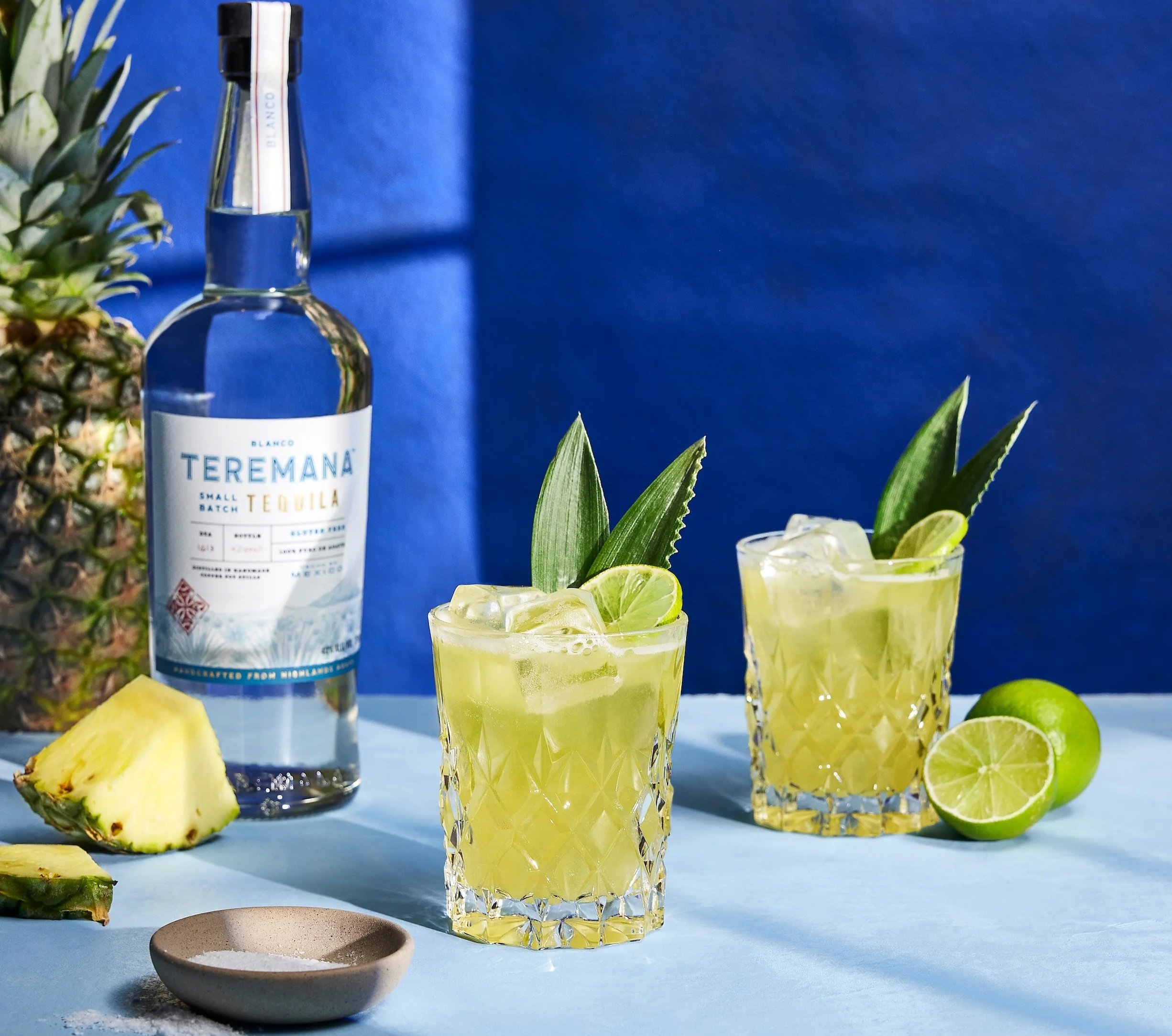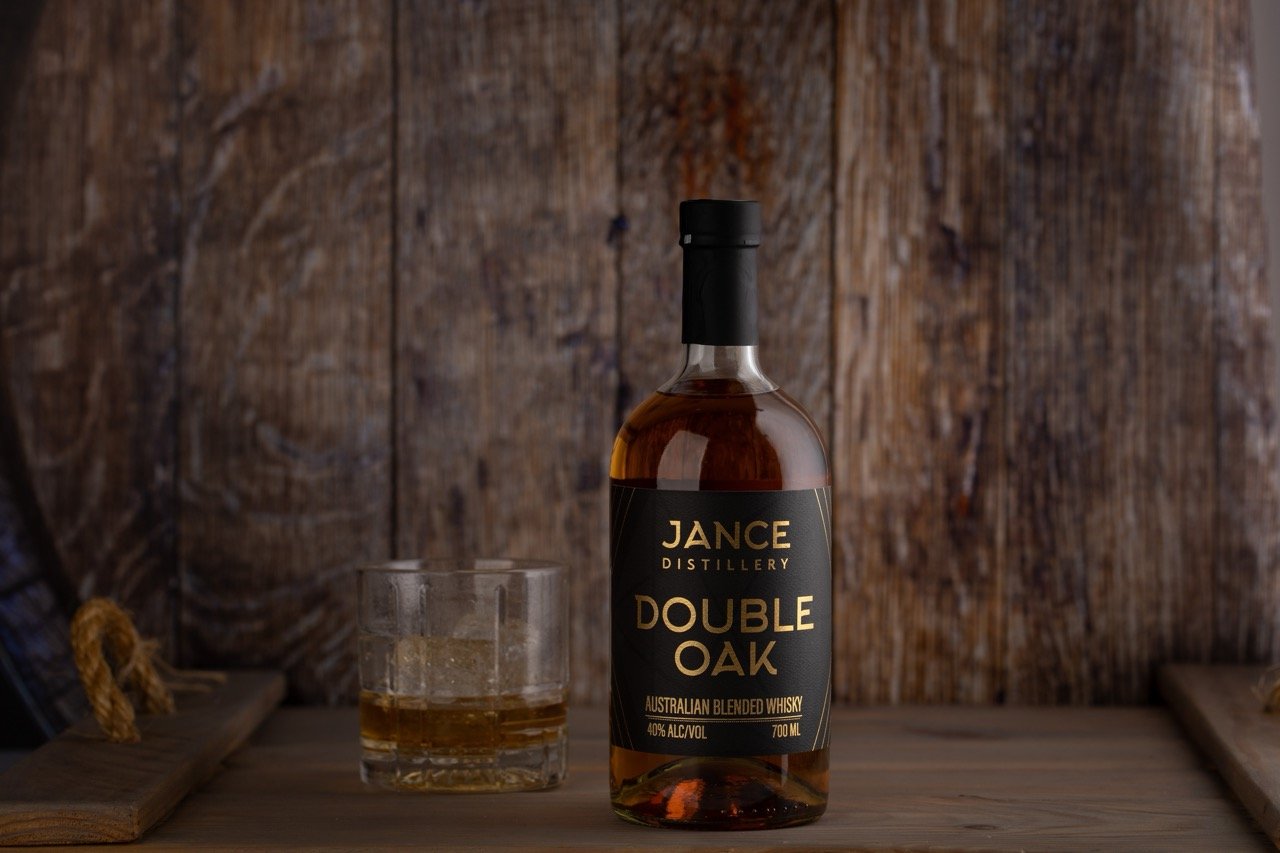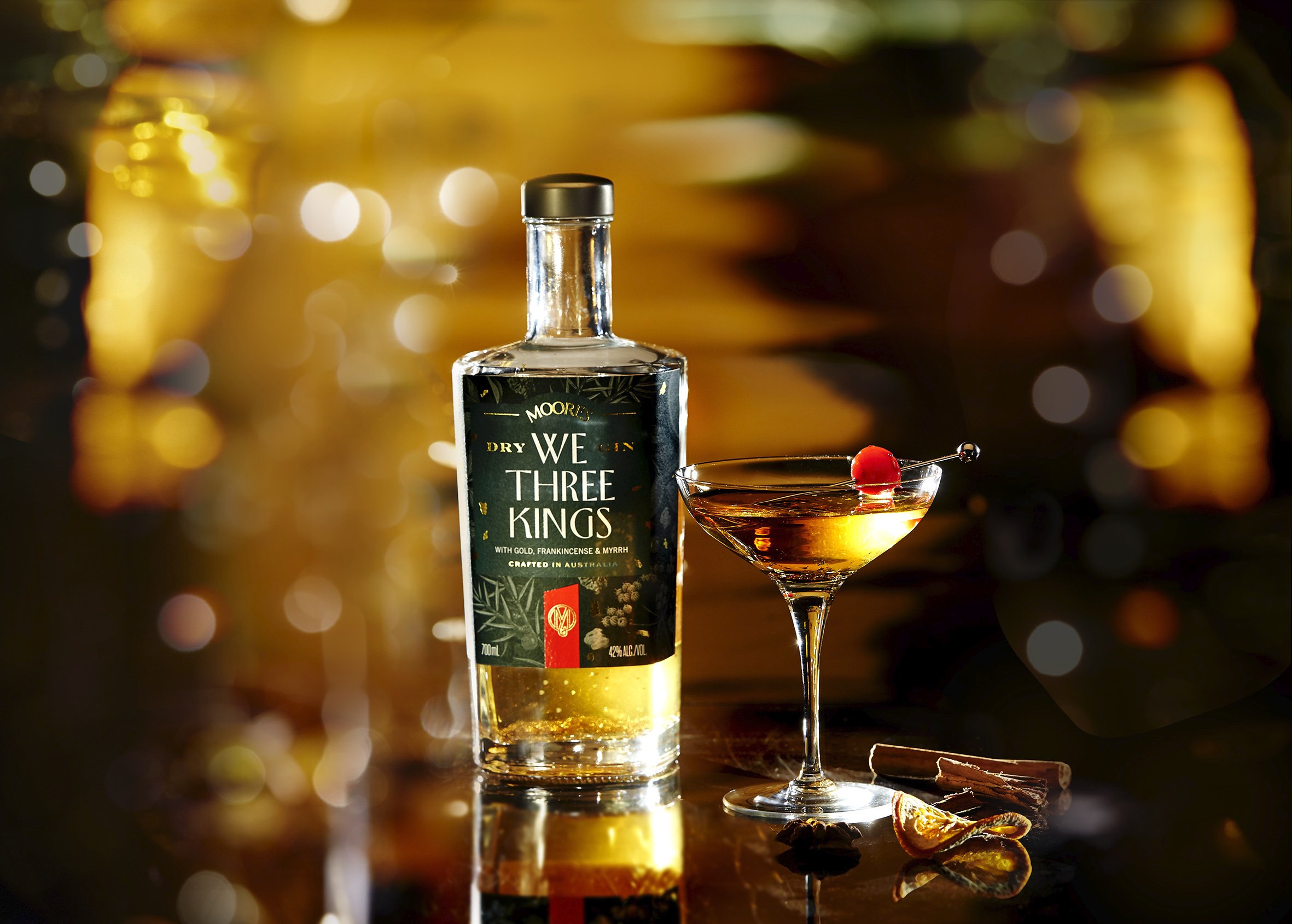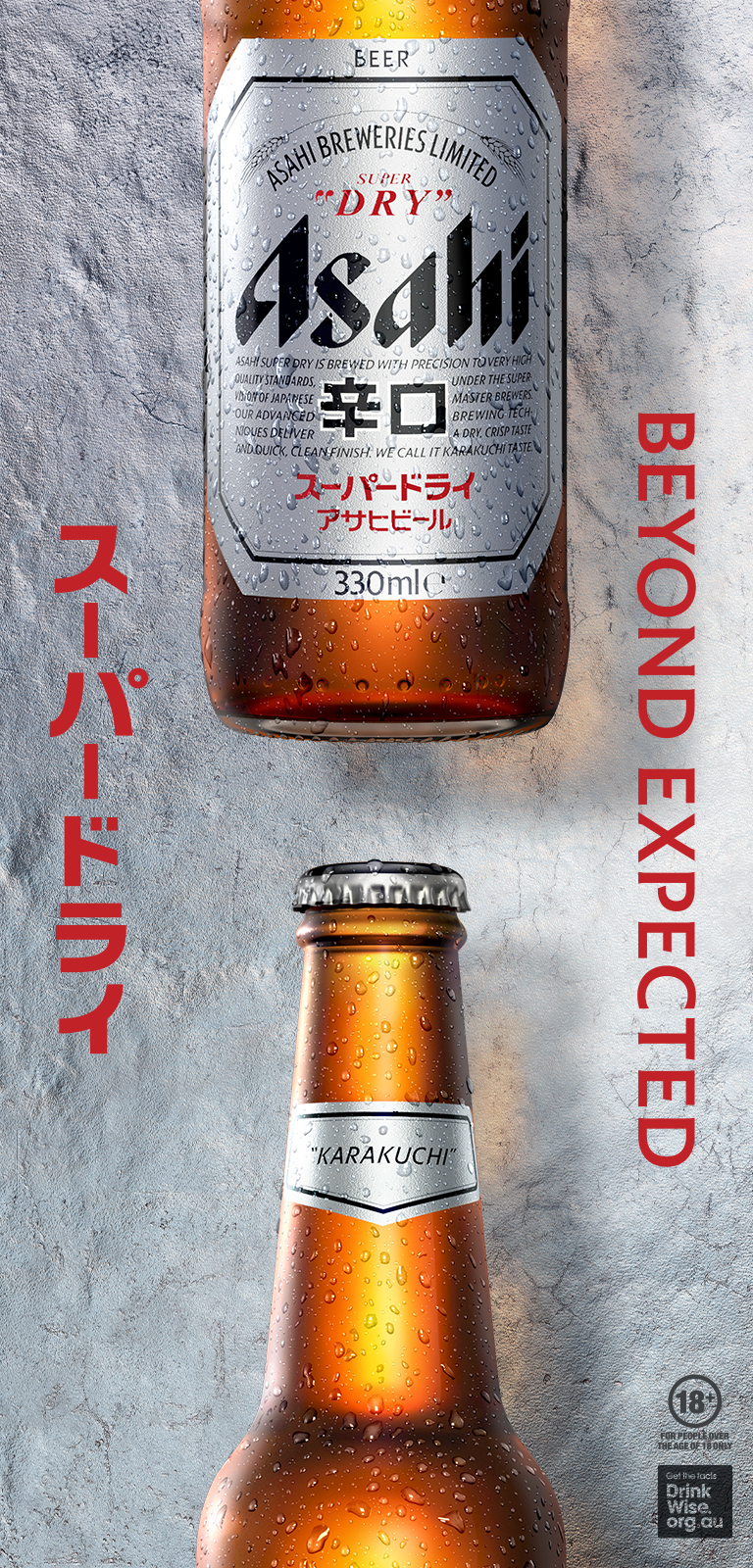A few months back, Drinks Trade published this article in which Archie Rose’s Head Distiller Dave Withers explains what he thinks makes Australian whisky unique.
A month later, Paul McLeay, CEO of the Australian Distillers Association, provided his opinion on ways industry should unite to empower the future of Australian spirits.
Last week, Drinks Trade continued the conversation with Rob Tyson and Adam Shields, Head Distiller and Sales Manager at Tasmania's Old Kempton Distillery. This is what they had to say:
Drinks Trade: We’ve heard various viewpoints before about the need for an Australian whisky category/style that’s different to Scotch… What’s Old Kempton’s take?
Rob Tyson: I think one of the best things about the Australian Whisky Industry is the array of different styles that are being produced. Australia is a big country with a range of different climates that are suited to growing different grains and producing different styles of whiskies. Here at Old Kempton, we adhere pretty closely to the Scottish tradition, but that shouldn’t stop another distillery pursuing less traditional ingredients and methods to produce the whisky style they want. I think it is more important to have transparency in labelling so that consumers can make informed choices when selecting whiskies rather than curtailing distilleries experimentation and innovation.
Adam Shields: I think we still have to stay true to the Scottish style of distilling - they've been doing it for hundreds of years and we've learned from them. I still think staying true to the core - whether it's single malt, whether it's rye, whether it's wheat - there's different areas of that that you can branch off into.
Also, in the Australian whisky scene or the distilling scene in general, just across gins and the other products, there really is a camaraderie. Everybody helps each other. it's so intertwined. It's going back to those Scottish roots as well: If you are stuck/if you need to ask a question, everybody's there to help out.
DT: How about when considering an Australian whisky identity for the export market?
Rob Tyson: I think it is more important that Australian distilleries are taking high quality whiskies to the global market than it is for them to be taking whiskies of the same or similar styles. If Australia continues to build its reputation as a producer of great examples of more traditional styles of whisky and an innovator in producing uniquely Australian whiskies we will, as an industry, open more markets and give more people the opportunity to try the great whiskies being distilled here.
Adam Shields: I think it's really making sure that, as a distilling industry within Australia, we all work together for a common goal. We do want to see Australian spirits really take over the world, but it's just making sure that we're not doing it alone. Having that framework, banding together as distillers and potentially taking multiple distilleries to different markets could be more beneficial than just going to a market as a singular distillery.
DT: There are a lot of Tasmanian spirits/whisky producers on the market. How do you go about differentiating Old Kempton from the rest?
Rob Tyson: We were founded on the simple principle that if you pair passionate people with high quality ingredients you will naturally produce great products, and for that reason we always find the best way to get people excited about Old Kempton is for them to taste our range. We focus more on who we are and the products that we produce rather than trying to compare and differentiate ourselves from others, we are confident that if we continue to consistently create high quality products we will find a market for them.
Adam Shields: We want our customers to look at the different flavour profiles/different cask maturations/cask types and understand how we all work off each other. No one can create a product that everyone is going to love, but by understanding our target market we can create a whisky everyone wants to try. We're going to continue to create products that are different, that’re interesting, but going along those terms of making sure that the quality is top level.
There are a lot of whisky brands, as an example, Sullivans Cove, Hellyers Road and Lark, who are at the forefront of the Tasmanian whisky scene in terms of production size… That's not where we want to be. We want to stay true to our core and be that artisan style across all of our channels, which is gin, liqueurs and whisky… So point of difference for us is coming back to that artisan style approach [and] doing what we do best: being the first distillery in Tasmania to do full maturation in Tasmanian Pinot Noir casks, making sure that our yeast strains, our barley, [and] our house style of spirit is who we are and true to our core.
DT: What’s Old Kempton’s view on the age statement question/debate?
Rob Tyson: Age is only one factor that determines the maturity of a whisky, with climate, cask size and treatment, and spirit style also playing a role in determining when a whisky is mature. Personally, I have tasted brilliant whiskies that are 3 years old and I have tasted brilliant whiskies that are 40 years old. I think it is up to the individual distillery and whether they think an age statement is relevant to the whisky they produce. That being said, I think we will be seeing more Australian whiskies coming out with age statements and maybe one day Old Kempton will join them.
Adam Shields: A lot of people who are buying Scottish and Irish whiskies are looking at age statements. We as a distillery don't talk too much on age statements but concentrate on our style of whisky and our flavour profiles as that is what makes a good whisky, not necessarily the age of maturation.
DT: Where do you see the opportunity for Old Kempton in the current market?
Rob Tyson: At this stage we have primarily focused on our Tasmanian and National market, but as we start to come into increased volumes we are beginning to focus more on international markets. We have recently started working with Expedition Trade as our Mainland distributor and are confident that their networks and reputation will enable us to bring our products to a wider audience and better support those customers who have joined us on our journey to this point.
Adam Shields: Export is always a large market for Australian whisky. It's just about getting it out there: age statement is always a hard one when you're exporting.
There's large opportunities there, but it is driven a lot by volume, especially for the whisky side of things. It's that future planning, and export does take time (you can't just jump into export). It's really about understanding those markets - Where is your whisky best perceived? What is that price point? and What is that representation of your brand as well? - so in Australia, you have a little bit more control over how your brand is perceived in the story that you share.
DT: Many Tasmanian whisky distilleries have followed the business model of championing unique cask finishes… What’s Old Kempton’s perspective on this?
Rob Tyson: We primarily fill into Australian Tawny, Tasmanian Pinot Noir, and American Bourbon Casks which together make up our house style, but yes, we also fill a certain percentage into more unique cask types for both full maturation and finishing. These casks, along with spirit produced using different yeast and barley strains, are used to support our special release program including our own whisky club. It is always interesting to see how different cask types effect our spirit and being able to use cask finishes allows us to draw together elements we want from different oaks and different cask types to build additional dimensions in the end whisky. For example, today we decanted a marriage of bourbon and madeira casks that have been finishing in another bourbon cask, this combination allowed us to balance the bright raspberry elements of the madeira with the vanilla custard of the American Oak.
Adam Shields: I think interesting casks are a part of our business. Our single cask selection [went through] full maturation [in] Tasmanian Pinot Noir [casks], a flagship of our brand. It's interesting to see where we're sourcing our casks from - different wineries and the different kinds of styles that they produce - but also looking at those limited releases as well.
We use Stefano Lubiana, Moorilla [and] Domaine A; we have used Frogmore Creek in the past; and we've just sort of sourced some casks from Spring Vale on the East Coast as well. We associate our style of Pinot with certain brands who align with us, but also the quality as well. We are quite selective in where we source our casks from [and] the coopers we use
DT: As a smaller distillery, is it harder for Old Kempton to retain consistency across its core range?
Rob Tyson: Not at all, we have designed our production process around being able to consistently produce both the style and quality of whisky that we have become known for. Because we are a relatively small distillery, we can’t afford to put out a whisky that doesn’t live up to that standard, so everything from the selection of our raw materials through to when whiskies are going though our tasting panel and bottling operation is done with quality and consistency at the fore. This is also why we give ourselves a few weeks a year where we put our house style to one side and carry out all the experiments we have been talking about for the rest of the year. This experimental time allows us to learn and grow as a distilling team and provides us with an opportunity to try new things and make some spirit that will show a different side of our distillery once it is ready for release.
Adam Shields: Consistency is always part of our brand - we have a very rigorous tasting panel and programme to release whiskies at.
From a single cask point of view, you harness any variation. You make sure that the single cask is looking at our style of whisky through a prism of single cask: they're always going to be ever-changing.
There is a vast array of different casks that work better at high ABVs than low ABVs and vice versa as well.
DT: To finish off, what's next for Old Kempton?
Rob Tyson: We are seeing some increased volumes of whisky reaching maturity, so we are looking forward to being able to share our whisky a bit further afield than we have done previously. This will see us at more events and partnering with more bars and restaurants around the country as we bring our small corner of the world to a greater audience.
Closer to home, we are doing some work at our Cellar Door with plans to open the convict built stables to customers in the new year. These stables were our temporary distillery and bond store when we first moved to the site, and we are really looking forward to being able to welcome guests into them to share a dram and experience both the colonial and modern histories of the site.
In the distillery the team are always working on something fun, but we will keep that quiet until its ready.
Adam Shields: There's some exciting things on the horizon! We've got our Christmas release coming out very shortly for this year, which is Australian Tawny cask at 47%, so that is one to keep your eye on.
Our next steps are sharing our brand more with the Australian market and then looking closely at export and how we can achieve what we want overseas. I think that's the big evolution and keeping true to who we are, being and honing that Tasmanian artisan distillery.
//
To learn more, visit Old Kempton Distillery's website here.
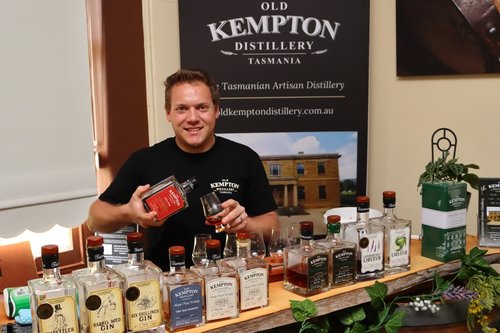
Adam Shields, Old Kempton's Sales Manager

Rob Tyson, Old Kempton's Head Distiller
Share the content
